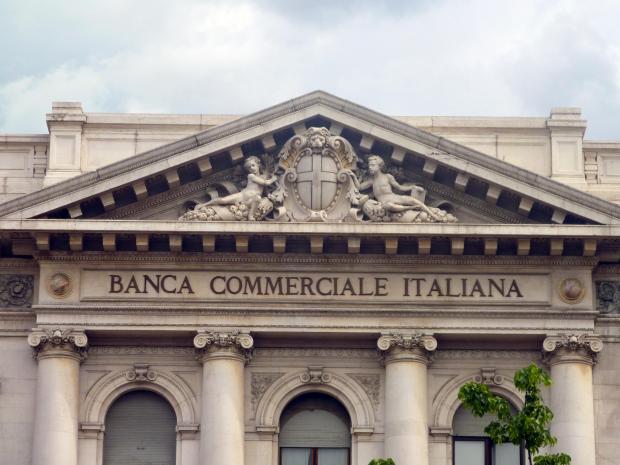The term non-performing loans refers to impaired loans granted by lenders and represent exposures to entities unable to wholly or partly fulfill their obligations under the contract due to a worsening of the their economic and financial situation.
According to various Bank of Italy analyses, what has hit the Italian economy most is the recession and the length of credit recovery procedures.
The problem of impaired loans is a significant but certainly manageable problem and does not represent an emergency that afflicts all lenders, The Market Mogul reported.
As the governor of the Bank of Italy said in the recent final considerations, this is a generally overstated phenomenon that needs to be properly framed.
To define impaired loans, it is necessary to consider the criteria published in 2013 by the European Banking Authority that have been adopted by the Bank of Italy and harmonized at the level of the Single Supervisory Authority.
In particular, it is possible to further subdivide impaired loans into three sub-groups deriving from more severe situations: non-performing, probable defaults and overdue and/or overdue exposures.
Analyzing in detail the three different categories it is possible to define the sufferings as exposures to insolvent subjects or in substantially comparable situations.
Probable defaults are exposures for which the bank considers unlikely that the debtor will fully comply with its contractual obligations without resorting to actions such as collateral security.
Expired and/or overdue exposures can be defined as exposures that have expired or exceeded the limits of reliance for more than 90 days and beyond a predefined threshold of relevance.
In December 2016, NPLs amounted to €173 billion ($197 billion) and were subdivided into non-performing loans of €81 billion, probable defaults of €85 billion and expired and/or overdue exposures of €7 billion.
Between 2008 and 2014, there was a double recession that had a significant impact on the balance sheets of Italian banks, and in particular on the quality of their loans.
High NPL Ratio
Between 2007 and 2016, the increase in bad debts recorded by significant intermediaries was on average more than 500% and was particularly high among the most virtuous intermediaries. In other words, the increase in consistency has affected almost all the intermediaries with a traditional business model.
This report has peaked for the least of the weaker between 2014 and 2015, standing at 15-17%. For the latter, it has exceeded 35% between 2015 and 2016. What can explain this latter negative is the shortcomings in credit policies and management practices.
Nevertheless, one should not overlook the effect that led to the contraction of assets in the evolution of these indicators. Harvesting capacity on markets has dropped dramatically due to the crisis of confidence.


